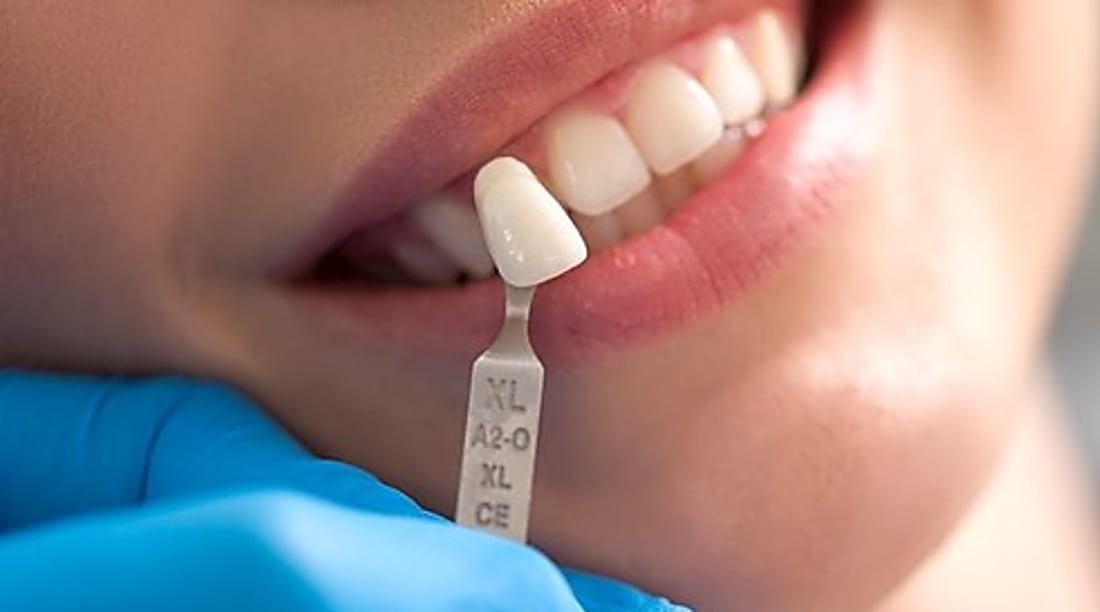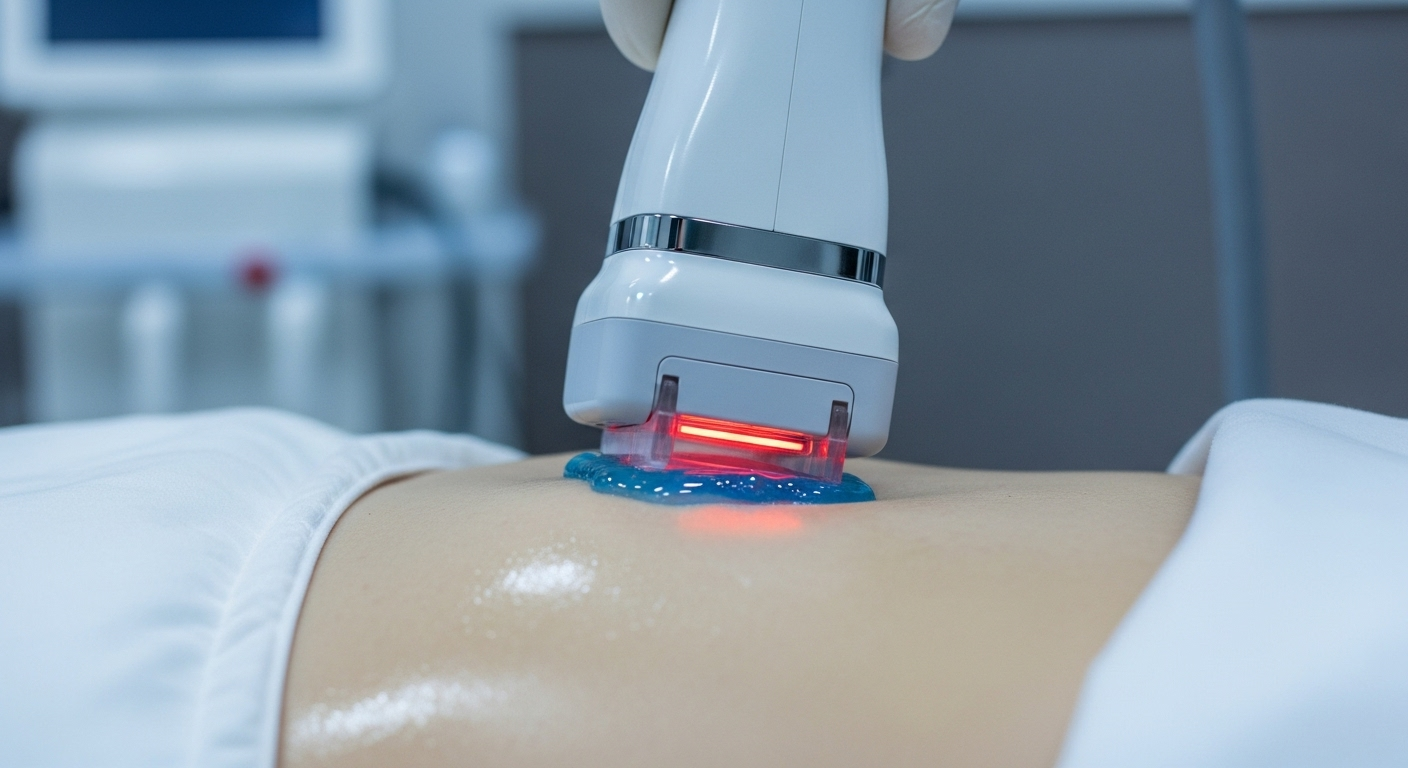Dental Implants: A Comprehensive Overview of Modern Tooth Replacement
Dive into the definitive guide to contemporary dental implantology. This article offers a thorough examination of dental implants as the foremost solution for modern tooth replacement, covering the fundamental principles of osseointegration, advancements in biomaterials and implant design, and sophisticated diagnostic and treatment planning protocols. We explore diverse surgical techniques, prosthetic rehabilitation options for single-tooth to full-arch cases, and crucial considerations for achieving predictable long-term clinical success and optimal patient outcomes. An essential resource for dental professionals seeking to deepen their understanding of this evolving and critical field of restorative dentistry.

What is the process of getting dental implants?
The journey to a restored smile through dental implants begins with a comprehensive consultation and diagnostic phase. During this initial visit, your dentist will thoroughly examine your oral health, take x-rays, and possibly create 3D scans of your jaw. This information helps determine if you’re a suitable candidate for implants and aids in creating a personalized treatment plan. The next step is the surgical placement of the implant, where a titanium post is carefully inserted into the jawbone. Following this, a healing period of several months allows for osseointegration – the process where the implant fuses with the surrounding bone. Once healing is complete, the final restoration, typically a crown, bridge, or denture, is attached to the implant, completing your new smile.
How does osseointegration contribute to implant success?
Osseointegration is the cornerstone of dental implant technology. This biological process involves the direct structural and functional connection between living bone tissue and the surface of the load-bearing implant. Titanium, the most commonly used material for implants, has a unique ability to integrate with bone. As the jawbone heals following implant placement, it grows around the implant, securing it firmly in place. This integration provides the stability necessary for the implant to support a prosthetic tooth and withstand the forces of biting and chewing, much like a natural tooth root.
What advancements have been made in implant materials and design?
The field of dental implantology has seen significant advancements in biomaterials and implant design. Modern implants often feature micro-textured surfaces that enhance osseointegration by increasing the surface area for bone contact. Some implants are coated with bioactive materials like hydroxyapatite to further promote bone growth. Implant designs have also evolved, with options like tapered implants for improved initial stability and platform-switched implants that may help preserve crestal bone levels. These innovations contribute to faster healing times, improved aesthetics, and increased long-term success rates for dental implants.
Who is a good candidate for dental implants?
Ideal candidates for dental implants are individuals with good general and oral health, adequate bone density in the jaw to support the implant, and healthy gum tissue free of periodontal disease. However, advances in bone grafting techniques have made it possible for many patients with insufficient bone volume to become eligible for implants. Age is not typically a limiting factor, as long as overall health is good. Certain medical conditions, such as uncontrolled diabetes or active gum disease, may affect candidacy or require additional treatment before implant placement. It’s essential to discuss your medical history and any medications you’re taking with your dental professional to determine if implants are right for you.
What are the long-term benefits of dental implants?
Dental implants offer numerous long-term benefits for oral health and quality of life. Unlike traditional dentures or bridges, implants help preserve jawbone integrity by stimulating bone growth through the process of osseointegration. This can prevent the facial sagging and bone loss often associated with missing teeth. Implants also provide a stable, permanent solution that doesn’t rely on neighboring teeth for support, preserving the health of your natural teeth. With proper care, dental implants can last a lifetime, offering a durable and cost-effective solution in the long run. Additionally, implants restore full chewing function and can significantly improve speech, comfort, and self-confidence.
What are the typical costs associated with dental implants?
The cost of dental implants can vary widely depending on factors such as the number of implants needed, the complexity of the case, and geographic location. While dental implants may seem more expensive initially compared to other tooth replacement options, their longevity and benefits often make them a cost-effective choice in the long term.
| Procedure | Average Cost Range (USD) | Factors Influencing Cost |
|---|---|---|
| Single Tooth Implant | $3,000 - $6,000 | Implant type, crown material |
| Multiple Tooth Implants | $6,000 - $30,000 | Number of implants, type of restoration |
| Full Mouth Implants | $20,000 - $50,000+ | All-on-4 vs. traditional, materials used |
Prices, rates, or cost estimates mentioned in this article are based on the latest available information but may change over time. Independent research is advised before making financial decisions.
In conclusion, dental implants represent a significant advancement in modern dentistry, offering a reliable and long-lasting solution for tooth replacement. From the initial consultation to the final restoration, the process is carefully tailored to each patient’s needs. The science of osseointegration, combined with ongoing improvements in materials and techniques, continues to enhance the success and accessibility of implant treatments. For those who qualify, dental implants provide not just a cosmetic improvement, but a functional restoration that can positively impact overall oral health and quality of life for years to come.




